"The mightiest souls are those who win battles we know nothing about”
Embracing the philosophy, let's dive in to learn about Psychotropic Medicines.....
Psychotropic medications have been a fascinating yet controversial subject in society. They serve many roles and some are more common than people think. Yet people hold several misconceptions about it before even understanding what they truly are. This blog aims to explain exactly what it means.
Mental health has always been a trivial subject and has not been taken as seriously as physical health issues. They are just as serious if not more, and could severely affect a person’s functioning.
Common Misconceptions
Whenever people think of psychotropic substances, they often imagine recreational thrill-seekers and those challenging societal norms. But that only consists of a narrow slice of human history and culture. Fossil records, cave drawings, and archaeological digs have all suggested that people have been using these for thousands of years, and not just to feel the psychedelic effect.
But ever since these psychedelics were used as certain counter-culture movements across the World, nearly all the countries banned the research on these drugs around the ’70s.
From then on testing on humans was essentially gone. But this didn’t solve any problem, it created many more. Ever since the last two decades, the cases of mental health issues, addiction rates, and substance abuse in the community have skyrocketed.
Recent studies and research have transformed how these psychotropic substances have affected our minds and how they can be used for the better.
Psychotropic drugs in daily life
We come across many medications in our day-to-day lives. In various medication systems, psychotropic drugs are involved. The caffeine found in tea and coffee, nicotine in cigarettes, alcohol, stimulants, and others are some in common use.
Various psychotropic drugs are used for medicinal purposes. Antidepressants, antipsychotics and other substances are used therapeutically.
Thus, we can establish that these drugs can be used for medical, and therapeutic purposes. In this article, we mainly focus on the therapeutic usage of these drugs.
Stick on to know about the major therapeutic usage of psychotropic drugs...
Psychotropic drugs are substances that bring about chemical changes in the nervous system by altering perception, behaviour, mood, cognition and consciousness. This class of drug can have a therapeutic effect on a person’s behaviour, mental processes and emotions. They act upon the brain and alter the conscious function.
How do they work?
These medications work by altering neurotransmitters to improve symptoms. Each class works a bit differently, but they have some similarities as well.
An example of how different psychotropic drugs work by following different mechanisms of action on the cell receptors are: Stimulants like nicotine mimics the action of neurotransmitter Acetylcholine; MDMA release and blocks reuptake of dopamine; sedatives like Benzodiazepines bind to GABA receptors and cannabis binds to cannabinoid receptors.
The type or class of medication a psychiatrist prescribes depends on the individual and specific symptoms. Some medications require regular use for several weeks to see benefits.
Now that we have learnt what these psychotropic drugs are, let's know more about some of the common psychotropic drugs and their uses:
There are 5 classes of these drugs:
- CNS stimulants
- Antidepressants
- Anxiolytics
- Antimanic drugs
- Antipsychotics
1) CNS Stimulants
They promote CNS functioning.
Medications include:
- caffeine citrate that is used to treat neonatal apnea
- Amphetamine (Adderall) is used to treat ADHD
- Methylphenidate is also used to treat ADHD
- Modafinil is used to treat narcolepsy
2) Antidepressants
People suffering from depression are likely to have chemical asymmetries in their brain. The chemicals like dopamine, norepinephrine, and serotonin in the brain become imbalanced. Antidepressants are mostly used for the treatment of depression.
Some common examples of antidepressants are amoxapine, desipramine, amitriptyline and doxepin.
3) Antimanic agents
Antimanic drugs are used to treat manic depression or bipolar disorder.
Medications used to treat these are:
- Lithium
- Carbamazepine
- Lamotrigine
- Valproate
4) Anxiolytics
Anxiolytics are commonly used to treat anxiety and promote relaxation. They mainly include benzodiazepines as the main component. Benzodiazepines treat insomnia, anxiety disorders, and alcohol withdrawal effects.
Common Medications include:
- Alprazolam (Xanax) used to treat anxiety
- Diazepam (Valium) is used for preoperative sedation
- Lorazepam (Ativan) is used to treat agitation disorders
- Buspirone (BuSpar) anxiety non-sedative effect
5) Antipsychotic drugs
Antipsychotic drugs are used to relieve psychoses (delusion, hallucination, agitation, and combativeness). They are also used to relieve nausea and vomiting.
These drugs work by blocking dopamine receptors. Many psychotic conditions comprise an excess of dopamine.
One such drug is Schizophrenia classified under Antipsychotic drugs.
There are mostly three categories of medication prescribed by the experts.
- Phenothiazines. (treats manic phases, bipolar disorder, behavioural disturbances in children, nausea, and vomiting)
- Butyrophenone. (treats schizophrenia, delusions, and agitation)
- Atypical agents. (treats acute mania, bipolar disorder, schizophrenia)
Precautions to keep in mind
All these medicine and medication systems discussed falls under the prescription drug category and you are advised to mandatorily consulted with a doctor before consuming any of them. If abused or used excessively and carelessly, it can cause various adverse effects on the body. Remember the results of drug abuse can prove to be irreversible in various instances and cases.
The doctor will prescribe the best possible medication based on your age, other health conditions you have, medicines you already use, and medical history.
This category of medication might not work immediately. Make sure you are patient and stick onto it patiently until you see the effects. Consult with the doctor if the conditions are getting worse over time.
The bottom line
Psychotropic drugs haven’t changed much since they had been discovered. Most of them come with many side effects that make people afraid to use and consume them. But their results are promising and if the benefit of the medicine is more than the side effects, then it is worth the try. These drugs come with many side effects because certain neurotransmitters are found in other parts of the body too (dopamine, serotonin) and the drug might alter the amount of neurotransmitter being released resulting in discomfort.
Conventional drug treatments have been used in psychiatry for ages and have not proved to be as effective as psychotropic medicines. Apart from that, they are harder to access and are generally more expensive.
In this Article, we have portrayed meticulous insight on what psychotropic drugs are and how they work. We hope that as the world advances scientifically, we tend to grow more understanding towards this wonderful yet controversial drug and ultimately can help safeguard the individuals who are actually in need of it.
We’d love to hear from you! Leave a comment to share your valuable insight. Subscribe to our newsletters for more relevant & updated news from the universe of medication, healthcare & wellness…
#psychotropicdrugs #prescriptionmedicine #mentalhealth #anxiety #depression #clinqon_india


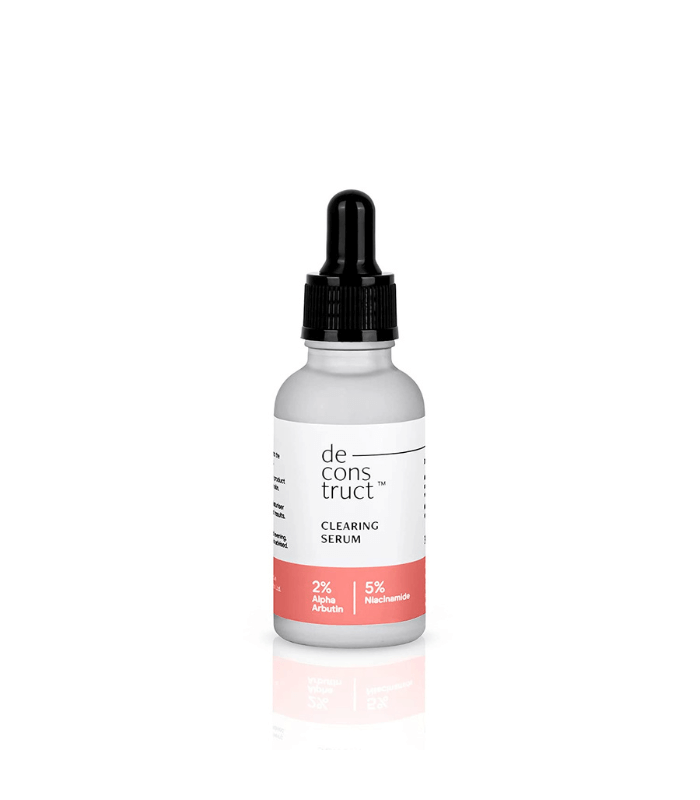



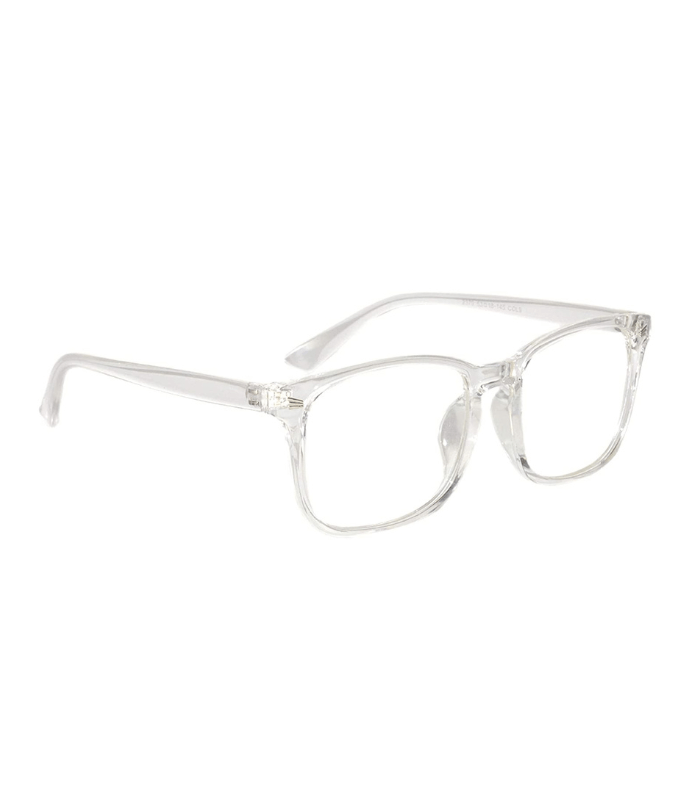































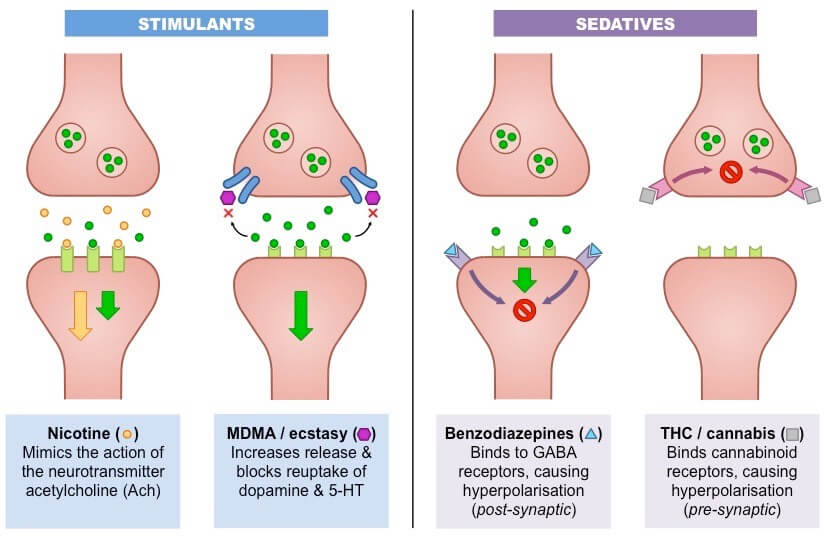


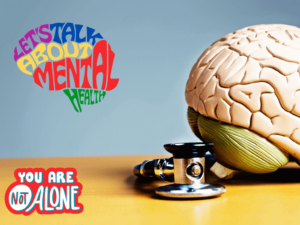
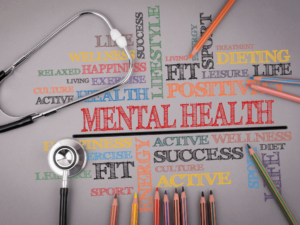


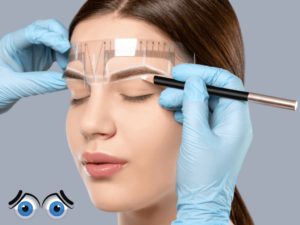
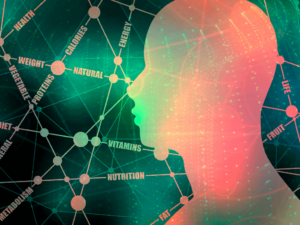













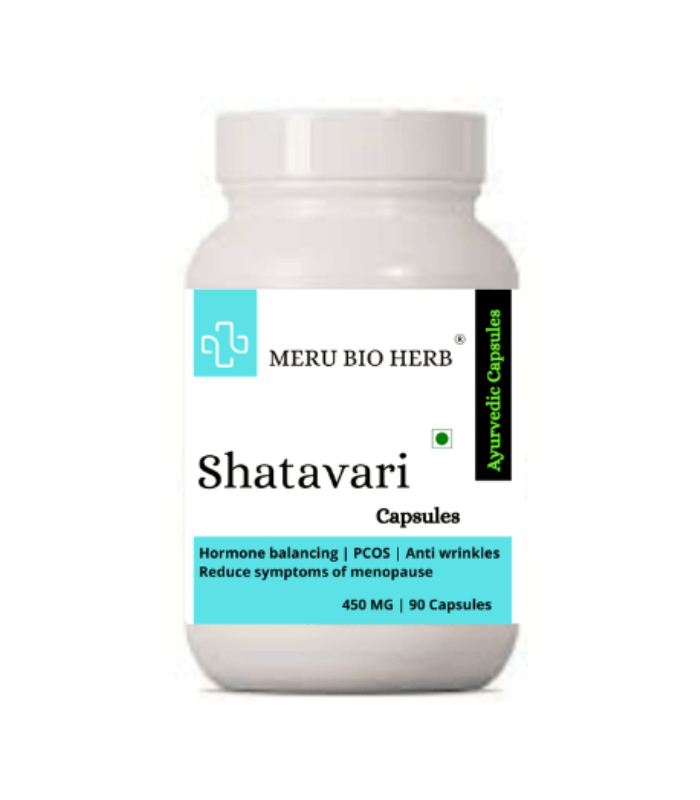








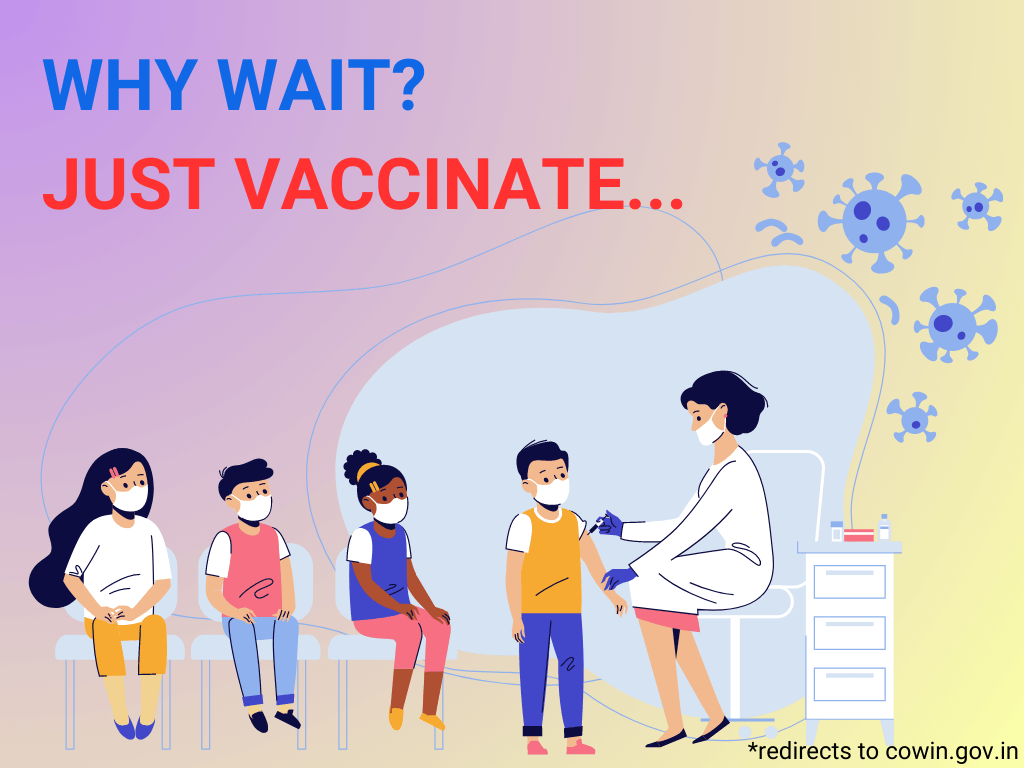





Very informative ??
Very informative!